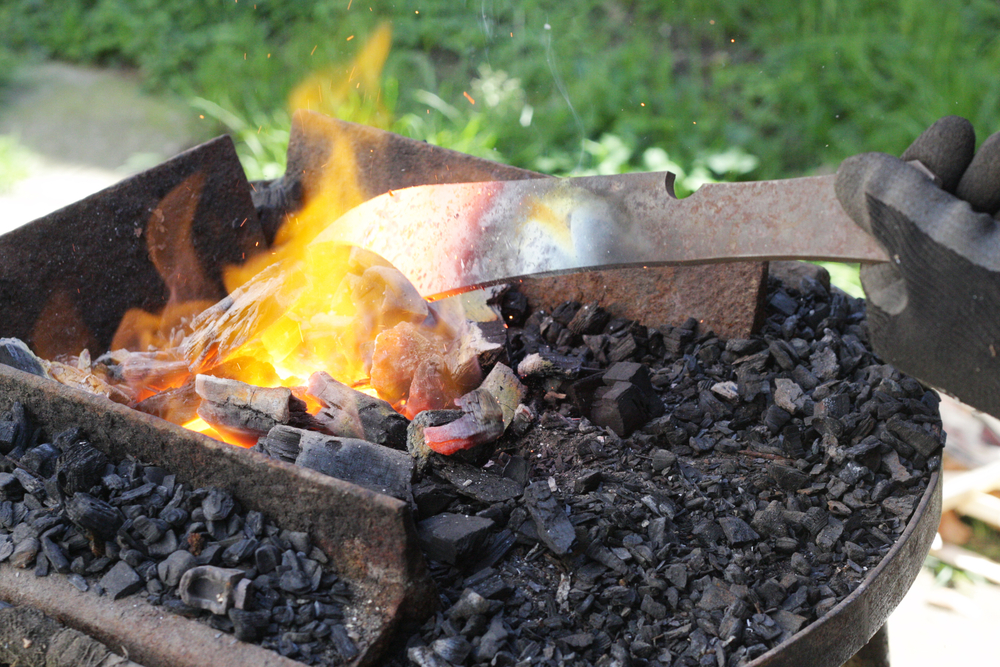Knife-making is an ancient craft that’s been instrumental in the progress of civilization. It’s no surprise that many people are still interested in knife making as a hobby, though it can also be a lucrative skill. As with any kind of craft, starting out in becoming a knife maker entails study and practice. To become one, you can take classes, read books, or learn from an experienced knife maker. Before you start, however, there are a few basic things that you need to learn first.
What are knife blades usually made of?
We’re probably most familiar with metal knives. There are many kinds of steel that can be used to make blades. Usually, steel hardness is measured on the Rockwell C scale. The harder the steel, the better it can hold an edge, though it is also difficult to sharpen and is more brittle. Alloy steel is the most popular type for large knives, tool steel is used for cutlery, and stainless steel is another popular choice that resists corrosion for a longer period of time.
Materials like ceramic, obsidian, and plastic can also be used to make knives, though they are much less common.
Major Tools
The basic requirements of a knife maker are steel, a forge, an anvil, a suitable hammer, files, and basic metalworking tools. Carbon steel is best for beginners. As you hone your craft and you’re more used to working metal, you can progress to better-quality steel. You can make or purchase your own forge. Anvils can be a bit difficult to find, but for your first few attempts, you can use a piece of railroad track. Meanwhile, hammers weighing between one to five pounds can do the job well. Files can work in lieu of grinders if they are of good quality and you are able to develop good control and technique. You can eventually purchase a grinder and more metalworking tools as you hone your skills.
Forging
The knife takes its basic shape during forging. Forging entails heating the metal at a high temperature. You then take the metal to an anvil and hammer out the shape you want. During forging, you can increase the length and decrease the cross-section or decrease the length and increase the cross section. To learn more about machines that make knives, read this guide about gas forges for knife making.
Finishing
In layman’s terms, the finish of a knife blade refers to its shine. Your blade can have a low shine or can be polished until it is highly reflective. Polishing a blade to a high shine can be done by buffing it with chrome oxide, rubbing it with very fine abrasive paper, or using a Japanese water stone.
Handle Making
A handle can be made of natural or man-made materials. The choice mostly depends on your skills and capabilities. Handmade knife handles are usually made of wood, and some are made of animal horns. Knives with a full tang can be riveted, pinned, or screwed to a blade, while knives without a full tang can be stuck into a finished handle and fastened in the same methods.
For more information, you can check this video:
